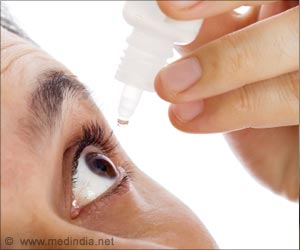Retina-On-A-Chip is a new technology developed that combines living human cells with an artificial tissue-like system. It can help scientists study eye disease and screen for drug side effects that harm the eye.

‘Retina-On-A-Chip is a new technology developed that combines living human cells with an artificial tissue-like system. It can help scientists study eye disease and screen for drug side effects that harm the eye.’
Read More..




Many diseases that cause blindness harm the retina, a thin layer of tissue at the back of the eye that helps collect light and relay visual information to the brain. The retina is also vulnerable to harmful side effects of drugs used to treat other diseases such as cancer.Read More..
Currently, scientists often rely on animals or retina organoids, tiny retina-like structures grown from human stem cells, to study eye diseases and drug side effects. But results from studies in both models often fail to describe disease and drug effects in people accurately. As a result, a team of scientists have tried to recreate a retina for testing purposes using engineering techniques.
"It is extremely challenging, if not almost impossible, to recapitulate the complex tissue architecture of the human retina solely using engineering approaches," explains Christopher Probst, Postdoctoral Researcher at the Fraunhofer Institute for Interfacial Engineering and Biotechnology in Stuttgart, Germany, and co-lead author of the current study.
To overcome these challenges, the scientists coaxed human pluripotent stem cells to develop into several different types of retina cells on artificial tissue. This tissue recreates the environment that cells would experience in the body and delivers nutrients and drugs to the cells through a system that mimics human blood vessels.
"This combination of approaches enabled us to successfully create a complex multi-layer structure that includes all cell types and layers present in retinal organoids, connected to a retinal pigment epithelium layer," says co-lead author Kevin Achberger, Postdoctoral Researcher at the Department of Neuroanatomy & Developmental Biology at the Eberhard Karls University of Tu?bingen, Germany. "It is the first demonstration of a 3D retinal model that recreates many of the structural characteristics of the human retina and behaves in a similar way."
Advertisement
"One advantage of this tiny model is that it could be used as part of an automated system to test hundreds of drugs for harmful effects on the retina very quickly," Achberger says. "Also, it may enable scientists to take stem cells from a specific patient and study both the disease and potential treatments in that individual's own cells."
Advertisement
Source-Eurekalert















